The gas metering system is defined as a Custody transfer where the fluid or gas is being measured for sale from one party to another.
During custody transfer, accuracy is of great importance to both the company delivering the material and the eventual recipient, when transferring a material.
CTM is defined as a meter designed, installed, and operated to meet the requirements for custody transfer measurement.
Custody transfer requires an entire metering system that is designed and engineered for measuring the product gas application, not just flow meters.
Gas Metering System
The custody transfer metering skid is an integrated piping system supported on a structural base. It accommodates all primary measurement instruments including the Ultrasonic flow meters, pressure transmitters, temperature transmitters and the MOV’s, straight length as per AGA 9. Flow profiler, piping and structural design, fabrication and testing are in line with project specifications and applicable codes and standards keeping in view the functional requirements.
The analyzers perform analysis of gas components, and provide input to flow computers for Energy computation. Analyzer house is designed to be located in the hazardous area of Zonal Gr-HB T3 with HVAC units, Fire and gas sensors with safety PLC is provided within the enclosure. Sample probes (installed on the metering skid) and analyzer sample handling system is provided ensuring representative samples.
The metering cabinets are located in the control room in a safe area. The panel houses the flow computers, station computers, GC controllers, PLC, HMI and Ethernet switches with interface to DCS. All flow and energy calculations are done by the flow computers which collect data of various signals from skids and analyzer house. The station computers compile the station values and generate reports.
Components of a gas metering system (also called CTM) typically include:
- Ultrasonic Flow meter
- Gas Chromatographs
- Flow computers
- Multiple meters/meter runs
- Supporting automation
- Analyzers (Moisture, Dew Point, CO2, H2S)
- Pressure and Temperature Transmitters
Ultrasonic Flow Meter
Two ultrasonic transducers, which are installed at an angle to the gas flow, operate alternately as a transmitter and receiver. The signals transmitted through the gas accelerate in the direction of flow and decelerate against the direction of flow.
The resulting difference in propagation (transit) times is used to determine the mean gas velocity. The cross-sectional area is then used to compute the volumetric flow rate.
To increase measurement accuracy, gas velocity is measured with multiple chordal paths. The uncorrected measurement is not affected by the pressure, temperature or gas composition.
Gas Chromatograph
Gas chromatograph (GC) are used all over natural gas pipeline networks, providing an analysis of the flowing gas and calculating the physical properties used for the flow calculations and for custody transfer.
A gas chromatograph (GC) is an analytical instrument that measures the content of various components in a sample. The sample solution injected into the instrument enters a gas stream which transports the sample into a separation tube known as the “column.” (Helium or nitrogen is used as the so-called carrier gas.) The various components are separated inside the column.
The detector measures the quantity of the components that exit the column. To measure a sample with an unknown concentration, a standard sample with known concentration is injected into the instrument. The standard sample peak retention time (appearance time) and area are compared to the test sample to calculate the concentration of various gas components.
Flow Computer
The Flow computer designed specifically for hydrocarbon liquid and gas measurement where versatility and accuracy are high priorities. The flow computer allows multi-stream, multi-station applications to be configured for simultaneous metering of both liquids and gases.
The Principle role of flow computer is to collect gas flow data from the connectors at meter runs, meters or transmitters, and calculate the volumetric flow rate under reference conditions, as well as energy flow. Flows are calculated based on hourly, daily and overall total. All data generated by flow computers are real billing data which are stored and processed.
The volume of the gas consumed is calculated separately for each meter run by the respective flow calculator. Flow calculators are designed to calculate the flow of energy and gas volume, considering the signals from the respective meter run metering device, the temperature, pressure and the overall chemical analysis using the gas chromatographs.
More specifically flow calculators do:
- Calculate the gas volume (m) and volume flow rate (m/h) at meter run pressure and temperature.
- Calculate the gas volume (m) and volume flow rate (m/h) following the application of the error correction equation for the respective meter (ultrasonic flow meters) to the meter run pressure and temperature.
- Calculate the gas volume (Νm) and volume flow rate (Νm/h) under normal pressure and temperature conditions (reference conditions).
- Calculate gas compressibility for meter run temperature and pressure conditions and the composition detected by the chromatograph.
- Calculate the energy of the passing gas (MJ) and the energy flow rate (MJ/h) on the basis of the calculated Gross Calorific Value of the gas and its volume.
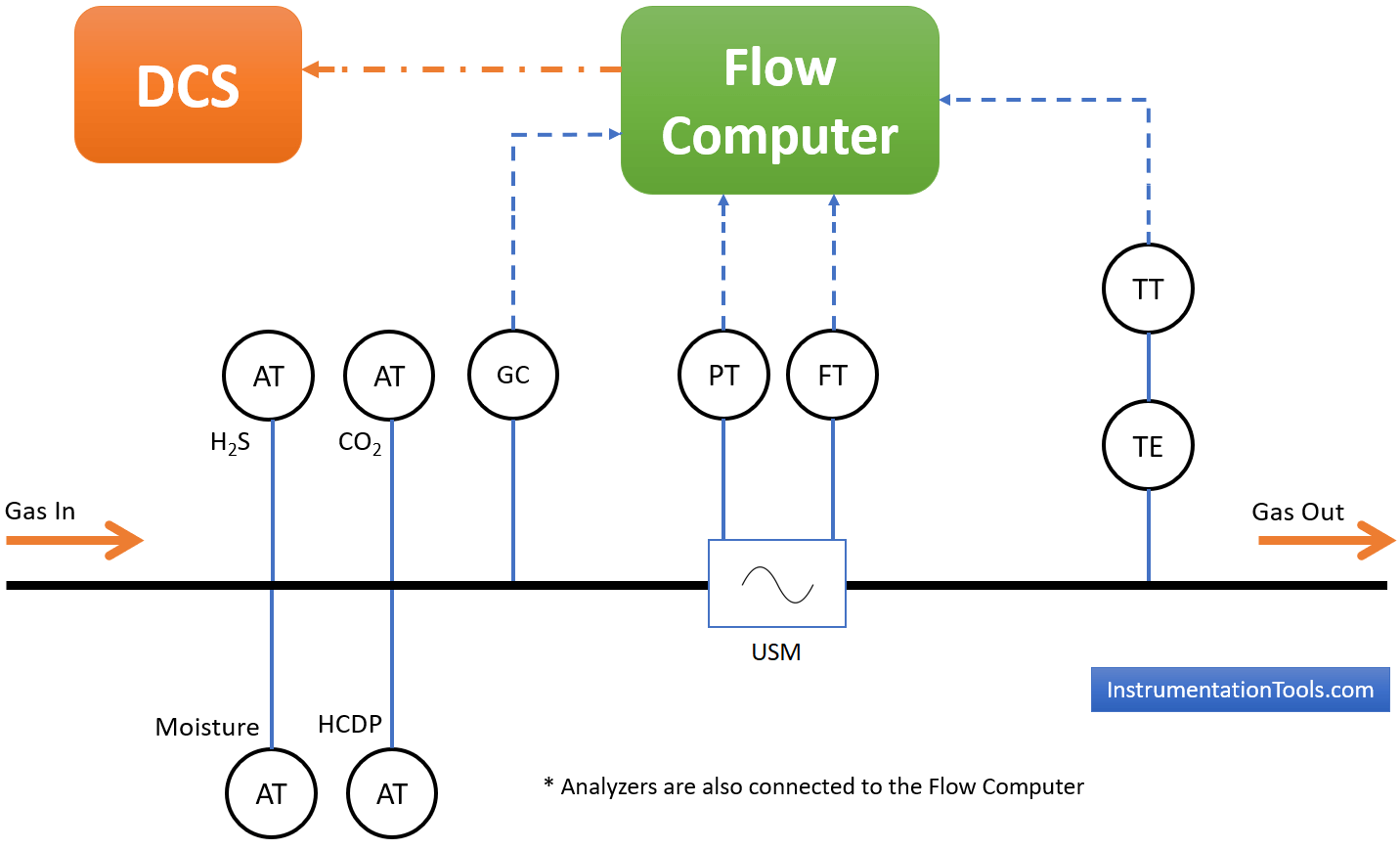
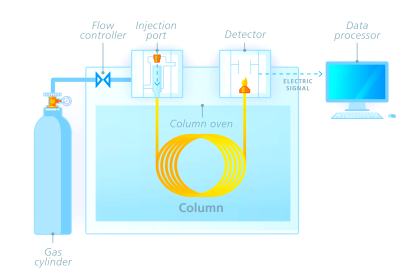
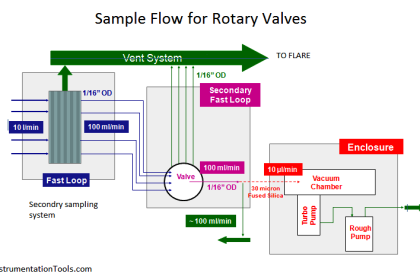
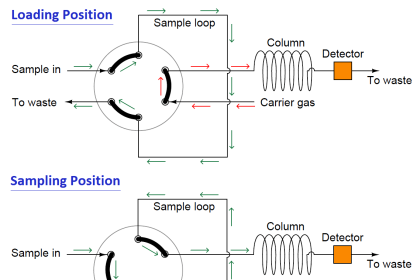
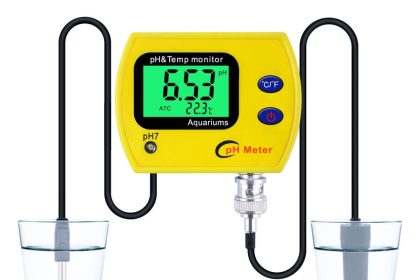
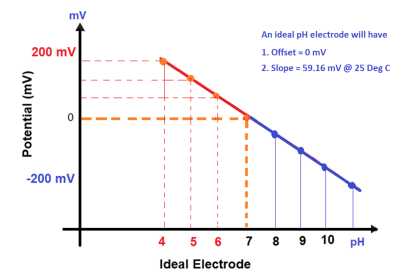
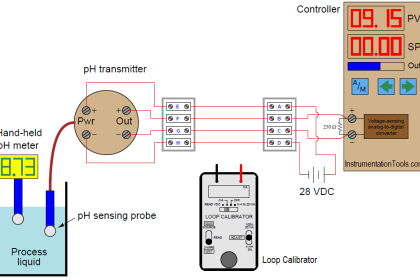
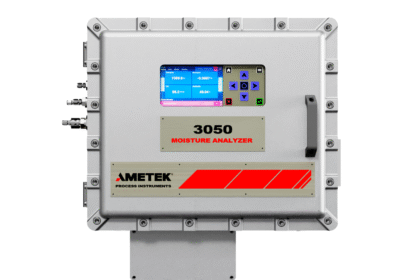

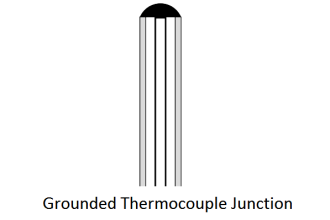
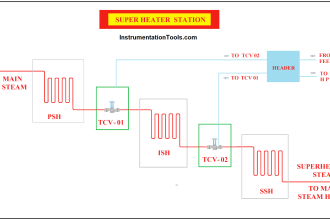
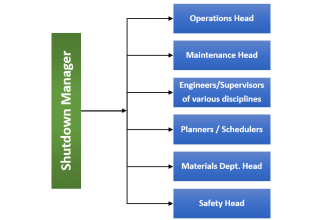
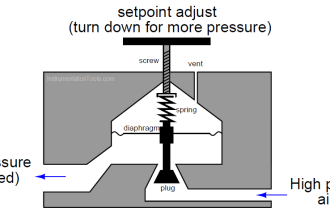

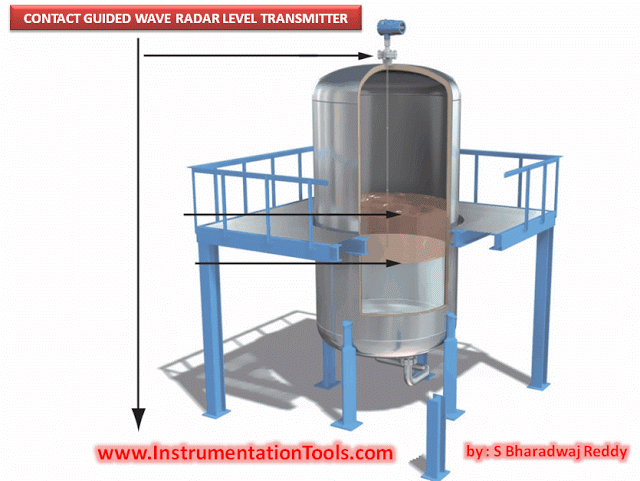
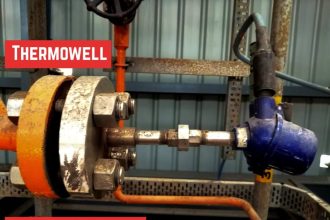
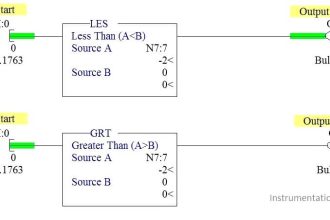

Sir i am highly thankful to you for such a informative site
Sir can you please lighten your knowledge on various gas analysers used in cement industry with there general questions and answer
Thank u
Hello, Please mail me the required gas analyzers list to InstrumentationTools@gmail.com
Please sir, S Bharadwaj Reddy what is your educational background and what institution did you receive your basic knowledge in instrumentation and control? I am most impressed. I am 18 years of age and would like to come to India to obtain my B tech in instrumentation and control engineering. Please kindly assist me. Thanks in advance.
Hello, You can find my LinkedIn profile in About Page. Now a days education is everywhere. Any way from which Place you are ? You can further contact me at “InstrumentationTools@gmail.com” Thank you.
Please, I want to know whether there is facility to monitor differential pressure in metering system using ultrasonic or the differential pressure is not feature at all. Then, I want you to compare and contrast Barton chart recorder with ultrasonic flowmeter. Thanks
Hi, No, Differential Pressure Feature not available in Gas metering skids with Ultrasonic Flow Meters.
Thanks, that means ultrasonic flowmeter and it’s associated computer only make use of information from both temperature and pressure Transmitter i.e static pressure and temperature. I need ur assistance
Yes. Flow computer uses PT & TT i.e. online values. Let me know your specific doubt ?
Thanks for wonderful lecture. I will like more detailed lectures on gas metering system especially the area of flow computer configuration etc. I will like a practical training on this field. Please kindly advice/assist.
Sir I need all analyzers calibration procedure with buffer solution and calibration method like chlorine,hydrocarbon,silt density index,turbidity..and so on.
Very informative, thank you very much.
sir, i am analyzing a case where the gas coming to a plant is measured by ultrasonic flowmeter (model siemens sitran FUT1010) ITS A CLAMP ON TYPE METER WITH INLINE SPOOL PIECE. THIS IS METER SHOWING AN ERROR OF 5 TO 10% AGAINST THE GAS SUPPLIER FLOWMETER (ITS A TURBINE TYPE I BELIEVE, ALTHOUGH I DONT HAVE MUCH DETAILS ABOUT IT).
MY QUERY IS ALTHOUGH VENDOR CLAIMS A CALIBRATED ACCURACY OF 0.2%, DOES THIS TYPE OF CLAMP ON METERS MEET SUCH ACCURACY RATINGS @ ACTUAL SITE CONDITIONS. ALSO THERE A IS COMPENSATION (p,t & mw) BEINF DONE IN dcs TO CONVERT THE ACTUAL M3/HR READING FROM THE USM TO MASS UNITS AND THEN TO SM3/HR.
FROM ALLL THE TECHNICAL LITERATURE I UNDERSTAND , P ,T,COMPENSATION WILL BE REQUIRED IN CASE OF CONVERSION OF ACTUAL M3/HR TO SM3/HR, BUT THE ACTUAL M3/HR READING IS RELIABLE EVEN IF THE ACTUAL TEMP AND PRESSURE NOT FED INTO THE USM.
PLEASE ADVISE SIR IT IS URGENT
Hello Shirley,
First of all, Do not compare ultrasonic flow meter and turbine flow meter especially for gas flow measurement.
Accuracy of these flow meters are very different. Ultrasonic have good accuracy while turbine has less accuracy when compared with ultrasonic.
Accuracy of +/- 0.2% achievable for ultrasonic flow meters for certain flow range only (operating flow range). Check ultrasonic flow meters datasheet for more info.
SIR, CAN YOU ALSO CONFIRM THE ACTUAL M3/HR READINGD FROMA TRANSIT TIME 4 PATH USM, can be relied upon?
can you also briefly explain under what conditions we go for a insertion type usm & clamp on type usm?